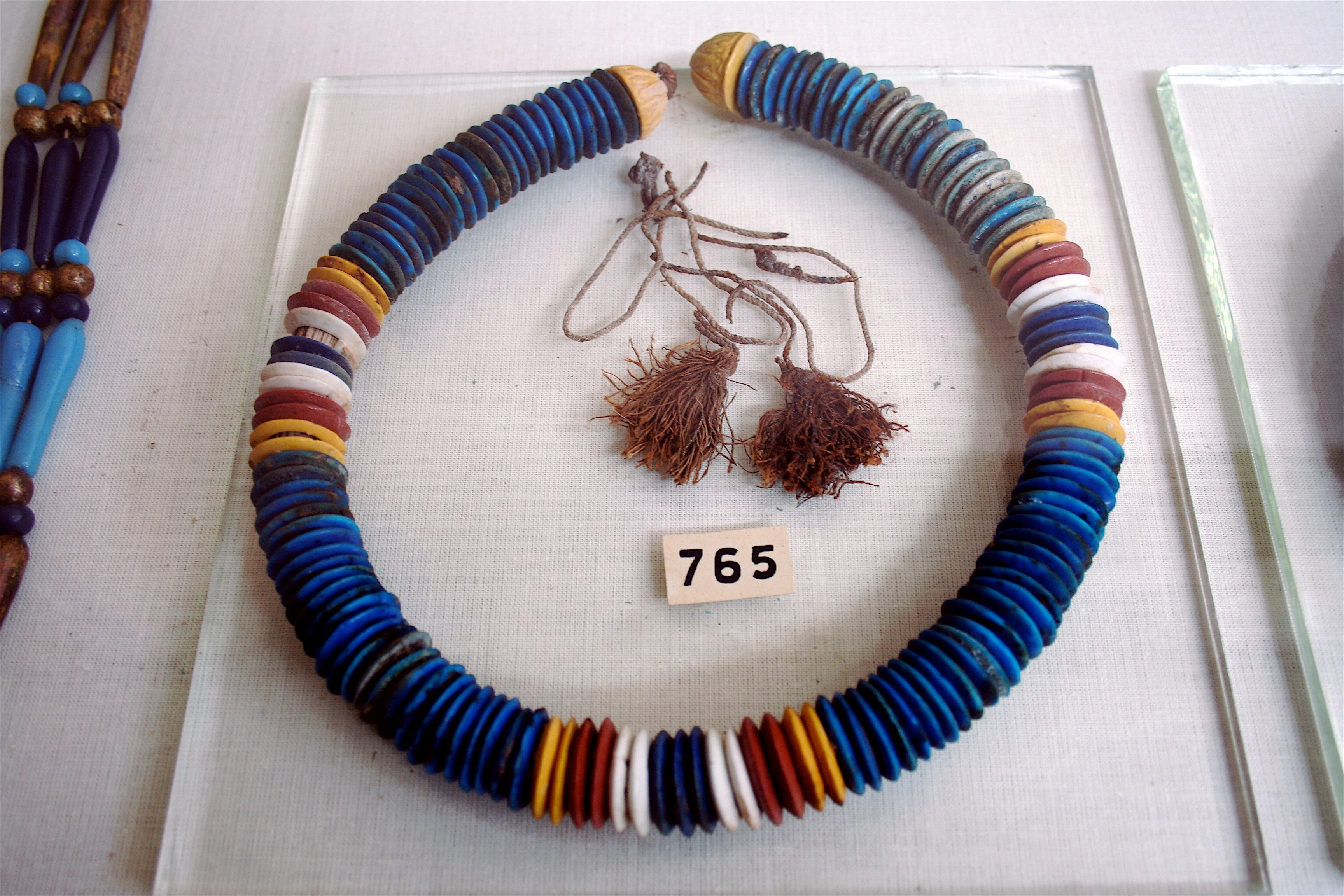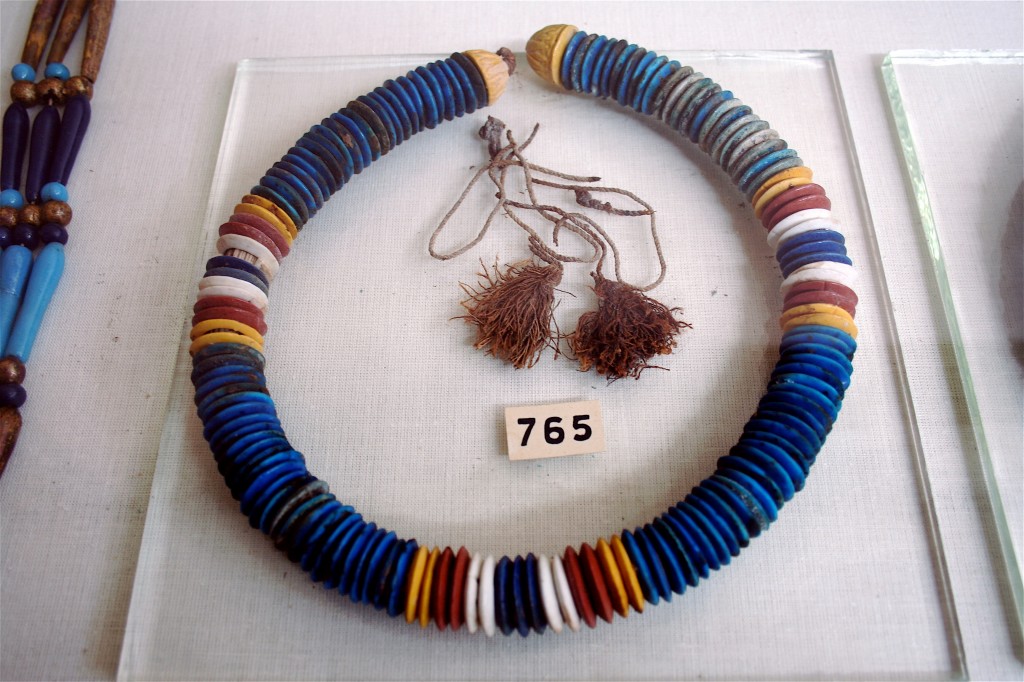Ancient Egyptian faience, the self-glazing material composed of quartz, lime and a variety of other ingredients, may hold the key to streamlining a new technological process. As reported by Gizmag, the ability of faience to harden and glaze in a single firing holds great potential for 3D printed ceramic components :
Professor Stephen Hoskins, Director of the University of West England, Bristol’s Centre for Fine Print Research…is currently working on a way of printing 3D ceramics that are self-glazing, thanks to a 7,000-year old technology from ancient Egypt.
Working under a grant from the Arts and Humanities Research Council (AHRC), Hoskins and Research Fellow David Huson have been developing a 3D ceramic printing process that can build very finely detailed, complex structures to industrial specifications and standards. The process works by depositing a layer of wet ceramic material layer by layer. As each layer is printed, the printer table drops, a layer of powder is deposited to support the object, and the process repeats.
After this, the object is treated like an ordinary piece of pottery. It’s heated in a kiln for what is known as a “biscuit” firing, then glazed and then fired again. Hoskins wanted to reduce the process to a single firing, so he turned to an ancient material called Egyptian faience.
For the next three years, Hoskins will be investigating three techniques used by the ancient Egyptians in applying faience. One is an “application glazing,” that is similar to modern glazing methods; “efflorescent glazing,” which uses water-soluble salts; and “cementation glazing,” which involved burying the glazing powder in a protective casing before firing.
If any of these approaches are successful, it will mean the creation of a printable ceramic that can be glazed and fired in one go.
To learn more about faience and the ancient process, see “Brilliant Blue: A practical investigation of the production of Ancient Egyptian Faience” at Egyptological.
Another lesson from the past to enhance our future!



